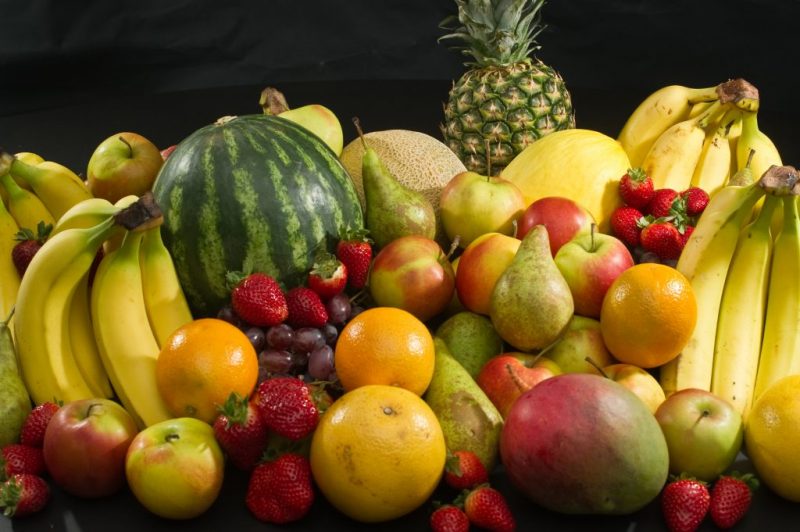Historically, the Bango revenue model was centered around processing millions of one-off transactions for digital goods, such as an in-app payment for the Google Play store. In this case, calculating revenue as a percentage of End User Spend (EUS) was a reasonable way to deduce a “take-rate”. By making assumptions about how this take-rate might vary, you could have a stab at estimating revenue growth as EUS increased over time. However, the calculation only works with a single revenue source business model – when you’re comparing apples with apples.
The Bango business has expanded and diversified significantly in recent years. We process payments for high value physical goods for Amazon in Japan and, crucially, our subscription bundling business has grown rapidly. Modeling revenue is no longer just about apples, but apples, oranges and pears. Add to this the SaaS style revenue that comes with our growing platform business, throw-in revenue from Bango Marketplace, and we’re looking at a whole fruit basket.
The correlation between EUS and revenue has reduced significantly and the more we grow our platform business, the lower that correlation will be. Although our diversified revenue stream makes take rate less useful as a revenue calculator, the overall Bango revenue profile benefits. We process higher value transactions, a much larger percentage of recurring subscription payments (giving better revenue visibility) and, through our platform deals, we capture revenue sooner via platform fees as well as benefiting from the upside by incorporating SaaS fees that grow as the business scales. In many cases, Bango also attracts a fee from the merchants that benefit from the use of Bango Platform.


